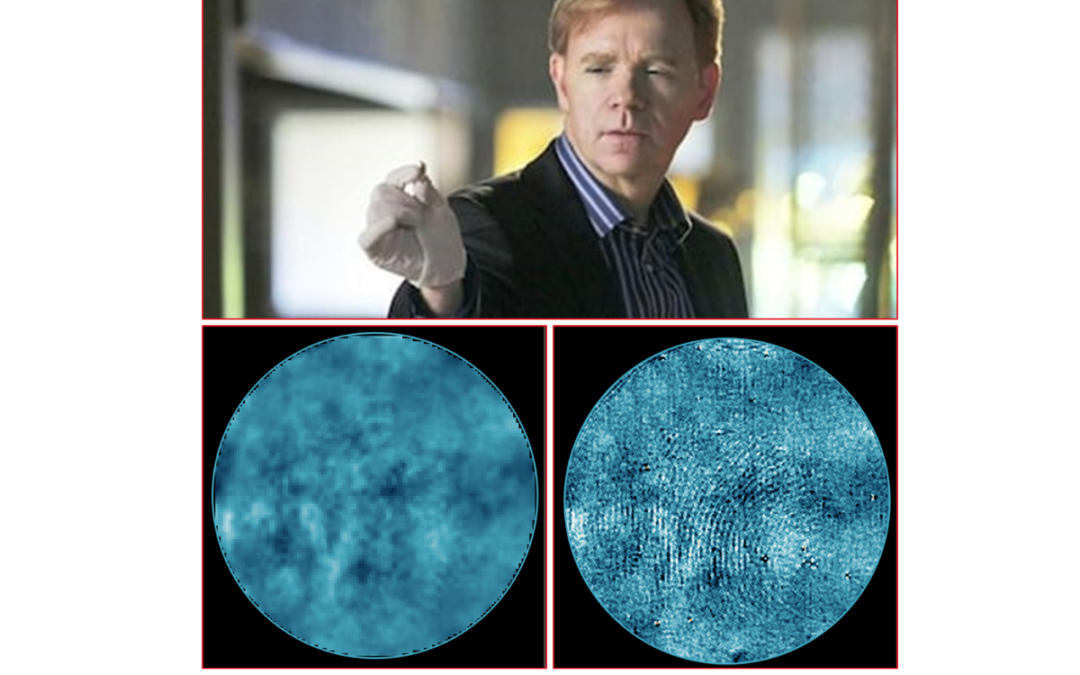Phase retrieval wavefront sensor LIFT map reconstructed: Right. Residual wavefront error map acquired with standard Shack-Hartmann: Left.
I had the pleasure to participate to the mecca of optics, Photonics West 2025 held at San Francisco, proudly exposing some of our latest solutions for optical metrology such as the HASO LP (Product Page), ultra-high resolution, large pupil, wavefront sensor measuring up to 22mm diameter beams with no need for relay optics…
…When I suddenly realized that the optics of my demo bench, clean from the morning, had a fingerprint on it! How Come? That’s where rely the true power of LIFT phase retrieval wavefront sensors. By activating the LIFT reconstruction, I was suddenly able to increase phase points up to 512×512 in my 1’’ lens (corresponding to 43µm pitch sampling), unveiling the high spatial frequencies corresponding to the ridge patterns of a fingerprint…
Now I just have to find out which of my colleagues put his fingers on my optical setup! It is just a matter of time… and (ultra-high) resolution!

The Imagine Optic team at you service and performing shop floor (booth floor) live wavefront sensing and adaptive optics during Photonics West 2025 exhibition
Technical annex
+ Wavefront error maps correspond to measurement performed in transmission on a 1’’ collimation optics
+ Reconstruction is performed with Zernike projection, with a filtering of all aberration coefficients up to the 9th order included, in order to visualize only the high spatial frequencies
+ Left image corresponds to 128 x 128 phase points of a standard HASO Shack Hartmann wavefront sensor
+ Right image corresponds to 512 x 512 phase points of the innovative LIFT phase retrieval wavefront sensor
What is a LIFT phase retrieval wavefront sensor?
+ Linearized Focal Plane Technique (LIFT) was developed in the early 2010s and presented in a seminal paper by S. Meimon et al. [1]
+ The principle is to analyze the centroid intensity distribution created by each microlens and use phase retrieval techniques to reconstruct complex wavefronts at the scale of each microlens.
+ Imagine Optic implementation of the LIFT results in a 16-fold increase in spatial resolution bringing ultra-high resolution to wavefront sensors.
References
[1] Serge Meimon, Thierry Fusco, Vincent Michau, and Cédric Plantet, “Sensing more modes with fewer sub-apertures: the LIFTed Shack–Hartmann wavefront sensor,” Opt. Lett. 39, 2835-2837 (2014), https://doi.org/10.1364/OL.39.002835

